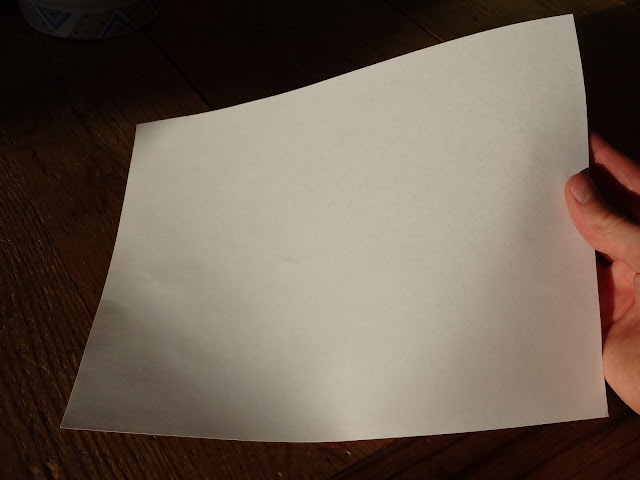When I was young, I would fold a sheet of letter paper in half, for origami projects. It occurred to me that the two halves looked almost the same as the whole sheet of paper - except they were smaller. I could see they weren't exactly the same shape; they were off by a little bit. But the idea stuck in my head.
 |
| You can use a pen, instead of scissors, to halve the paper. Those rectangles all have the same shape, but are different sizes. |
One night when I was 12, I thought about my idea. I wondered if it was possible to have a sheet of paper that could be cut in half, resulting in 2 smaller versions of the same paper. That would be neat, to be able to cut a paper in half and get 2 papers that had the same exact shape. If that were possible, then you could cut those papers, too; and the resulting papers would have the same shape as all the other papers. You could keep cutting in half forever, and each paper, no matter how small, would have the same shape as all the others.
I HAD to figure it out. Was it possible, or not? I took a pen (or pencil, I don't remember) and a sheet of paper, and began writing. In a few minutes of working with math and numbers, I found that it was possible. I had the solution right in front of me.
The puzzle is this: what could the dimensions for the paper be?
New posts every month - subscribe for free!






